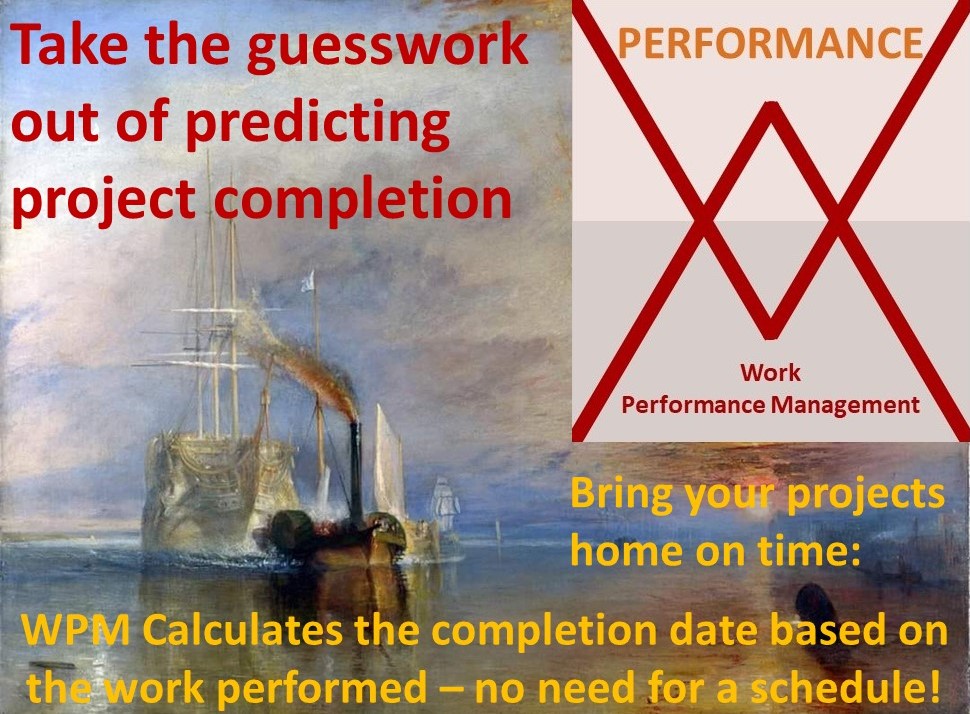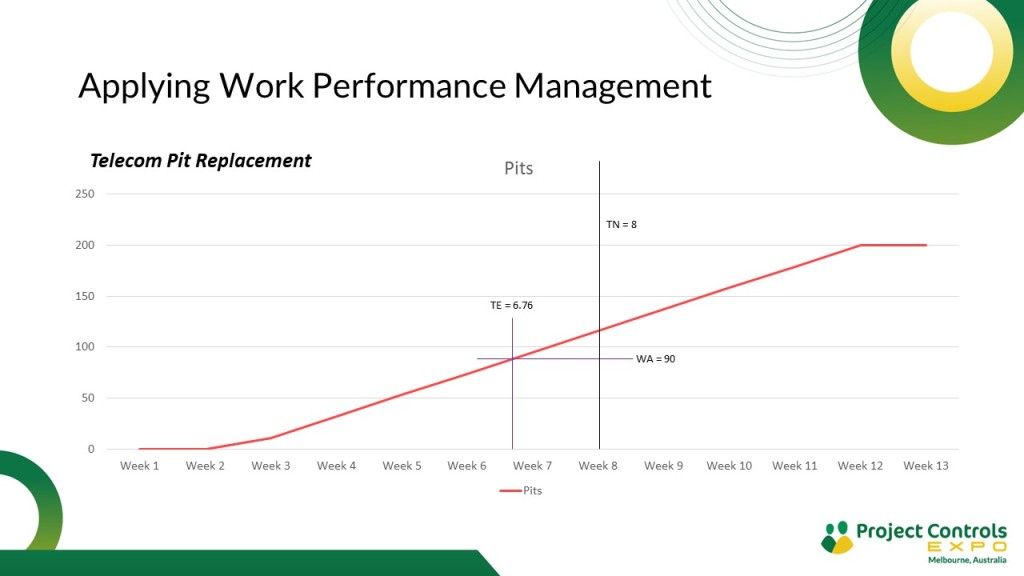
The core concept underlaying the Critical Path Method (CPM) is there is one best way to undertake the work of the project and this can be accurately modelled in the CPM schedule. This premise does not hold for either distributed projects, or projects applying Lean Construction management. These two types of projects differ, lean is a management choice, whereas distributed projects are a physical fact:
– Distributed projects are ones where the physical distribution of the elements to be constructed means significant amounts of the work can be done in any sequence and changing the sequence when needed is relatively easy.
– Lean construction is a project delivery process that uses Lean methods to maximize stakeholder value and reduce waste by emphasizing collaboration between everyone involved in a project. To achieve this the work is planned and re-planned as needed by the project team focusing on optimising production.
In both cases, the flexibility in the way the detailed work is performed and the relative ease with which the sequence can be changed means CPM is ineffective as a predictor of status and completion.
Our latest article WPM for Lean & Distributed Projects looks at how Work Performance Management (WPM) can be used to assess both the current status and the projected completion for these types of project, regardless of the number of sequence changes made to the overall plan.
Download WPM for Lean & Distributed Projects from: https://mosaicprojects.com.au/PMKI-SCH-041.php#WPM-Dist
See more on WPM as a valuable tool to add to you project controls system: https://mosaicprojects.com.au/PMKI-SCH-041.php#Overview









